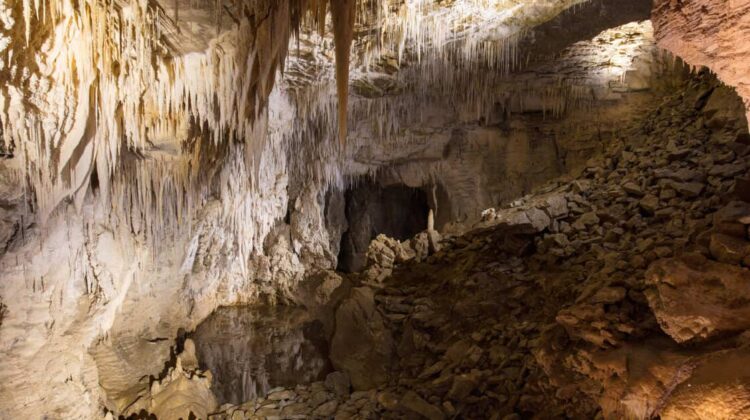
Geology of Caves: A Subterranean Exploration
Introduction
Caves, nature’s mysterious underground chambers, have fascinated humans for millennia. Formed through various geological processes, they offer a unique window into the Earth’s history. Understanding the geology of caves is crucial for several reasons, including archaeological research, environmental conservation, and scientific discovery.
What Are Caves?
Caves are natural underground spaces large enough for a human to enter. They can form in various geological settings and are classified based on their formation process.
Formation of Caves
Most caves are formed through the dissolution of soluble rocks such as limestone, dolomite, and gypsum. Water plays a critical role in this process, slowly carving out vast and intricate cave systems over thousands of years.
Types of Caves
Limestone Caves: The most common type, formed by the dissolution of limestone.
Lava Tubes: Created by flowing lava under the surface of a hardened top layer.
Sea Caves: Formed by the relentless pounding of ocean waves against weak rock.
Sandstone Caves: Less common, formed in sandstone through erosion and weathering.
Speleothems: The Art of Caves
Inside caves, one can find speleothems—structures like stalactites and stalagmites. These are formed by mineral deposits left by dripping water.
Ecosystems Within Caves
Cave ecosystems are unique, hosting species that have adapted to live in complete darkness. These species often lack pigmentation and have heightened senses to navigate the dark environment.
The Role of Caves in Human History
Caves have served as shelters for ancient humans and are rich archaeological sites, offering insights into our prehistoric past.
Cave Exploration and Mapping
Modern cave exploration, or spelunking, combines physical endurance with advanced technologies to map these hidden landscapes.
Caves and Climate Change
Caves are sensitive to environmental changes. They can provide critical data about past climate patterns, helping scientists understand current changes.
Major Caves Around the World
There are many famous caves around the world, each with unique features and histories, like the Mammoth Cave in the USA and the Lascaux Caves in France.
Conservation of Cave Environments
Cave environments are fragile. Human activities and climate change pose significant threats, necessitating proactive conservation measures.
Caves in Culture and Mythology
Caves have held symbolic significance in many cultures, often associated with mystery and the unknown.
Modern Uses of Caves
Today, caves attract tourists and spelunkers and are crucial for scientific research, particularly in geology and biology.
Safety in Cave Exploration
Exploring caves can be dangerous. Adequate preparation, proper gear, and knowledge of the cave environment are essential for safe spelunking.
The study of cave geology reveals much about our planet’s history and offers a unique perspective on the natural world. Caves are not just geological formations but are rich in history, ecology, and cultural significance.
FAQs
How are most caves formed?
Most caves are formed by the dissolution of soluble rocks like limestone, through the action of water.
What are speleothems?
Speleothems are mineral formations like stalactites and stalagmites found inside caves.
Why are caves important for scientific research?
Caves offer unique environments for studying geology, biology, and climate change.
What are some of the dangers of cave exploration?
Risks include getting lost, falling, flooding, and hypothermia.
How can we help in the conservation of caves?
By minimizing our impact during visits, supporting conservation efforts, and spreading awareness about the importance of caves.
Author: Levi Burrell
Science divulgator. He writes for numerous popular science magazines. Collaborates with the Deeping in the area of science dissemination
